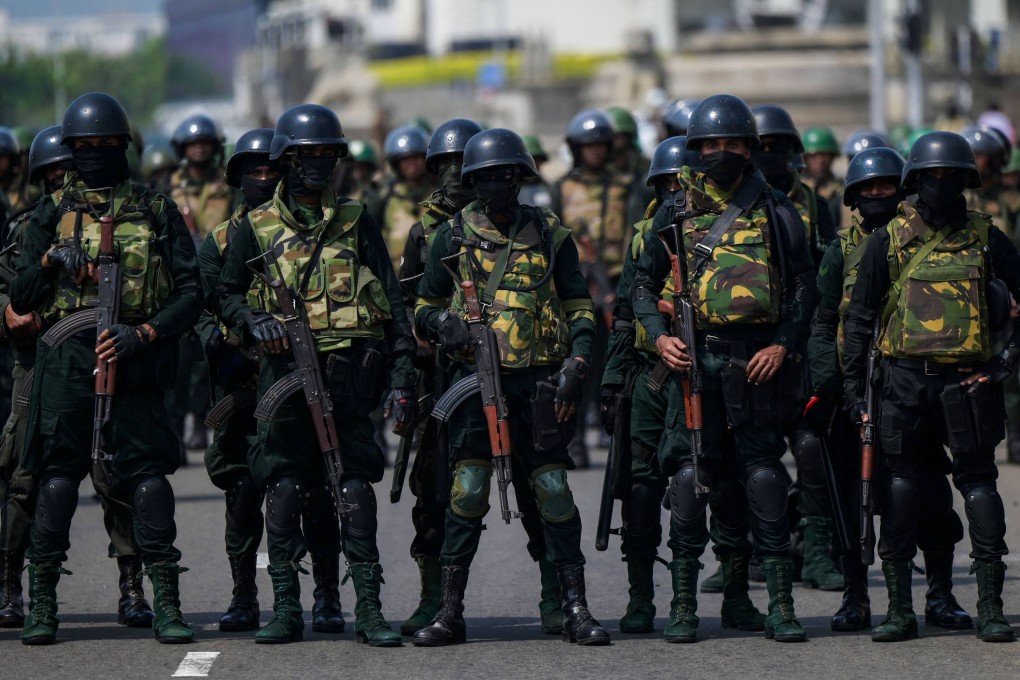Downsizing Sri Lanka army could mean better long-term security ‘if done right’: analysts
- Proposals would reduce number of approved military personnel from 200,783 to 135,000 by 2024, and further reduced to 100,000 by 2030
- Experts welcome move, but caution downsizing has to be done strategically to aid efforts to get out of current economic crisis

State minister of defence Premitha Bandara Thennakoon said the proposals to help downsize the army post-war would reduce the number of approved military personnel from 200,783 to 135,000 by 2024, and projected to be further reduced to 100,000 by 2030. The army was also expected to undergo “technological modernisation”.
The country has been struggling with depleting foreign currency reserves and staggering external government debt of US$37.6 billion, leading to skyrocketing food prices and severe shortages in fuel and medicine. Its year-on-year food inflation in December was at 64.4 per cent, while inflation pegged at 57.2 per cent.

During the 2023 budget speech in November last year, President Ranil Wickremesinghe proposed reforming the country’s bloated public sector of about 1.45 million employees to reduce government spending on salaries, which is estimated to reach LKR 701.9 billion by 2023. Military salaries take up about 37 per cent of the wage expenditure.
Army spokesman Brigadier Ravi Herath said, however, that downsizing the military would not be done “haphazardly”.
“It will be done through restrictions in recruitment, and through natural retirement, when soldiers and officers [reach] maximum service length”, he told This Week in Asia, adding that this would help minimise any issues arising from unemployment like crime and avoid causing another “social problem”.
Experts welcomed the downsizing move, saying that reduced expenditure on wages would bring about more economic stability and help Sri Lanka focus on getting out of its financial crisis “as soon as possible”.
